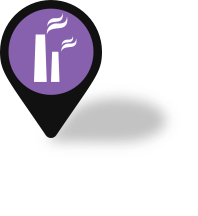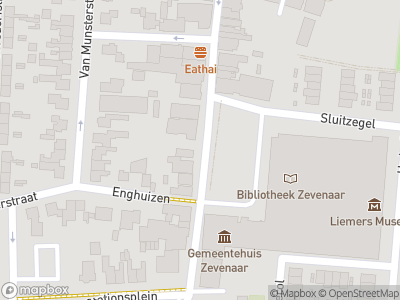‘De Turmac’ is a household word in Zevenaar. From 1920 until 2008, this architectural monument was a cigarette factory which employed large numbers from the local population. In 2010, it became home to the Zevenaar municipal council. This new designation as town hall renewed the striking building’s importance as a focal point in the Zevenaar community.
Cigarette factory
Even today the building is known locally as the Turmac, after the official company name, the Turkish-Macedonian Tobacco Company. The factory owes its name to its first managing director, the Turkish Kiazim Emin Bey. He gave the Turmac cigarette an exotic touch by adding tobacco from Turkey and Macedonia, and decorating the packets with pictures of turban-wearing women smoking on chaises-longues. When sales declined in response to the anti-smoking campaigns of the late 20th century, the Turmac produced cigarettes under foreign license. From 2000, production was under the banner of British American Tobacco, or BAT Zevenaar for short.
Art collection
From 1960 onwards, the Turmac produced cigarettes under the name Peter Stuyvesant. The then managing director, Alexander Orlow, began an art collection which would later become the world-famous Peter Stuyvesant Collection. He decorated the shop floor with art by contemporary artists such as Karel Appel, Armando and Corneille. He did this with the aim of motivating his workers as well as breaking the monotony of their work. When the factory closed in 2008, the municipal council made an effort to preserve the art for Zevenaar by opening a museum for business art. However, the plan was unable to garner enough support and the collection was subsequently auctioned. These works of art now hang in world-class museums around the world.
Progressive
The Turmac was progressive in other respects as well. The workers’ needs always came first in the architectural design. The main building dates from 1927 and was constructed according to the principles of Modernist architecture, featuring an open atmosphere with lots of fresh air and sunlight. Later, artificial lighting was used in an effort to reduce the number of industrial accidents and decrease absenteeism. During the building’s recent conversion into a town hall, modern ergonomic design principles were applied, with flexible workstations which enable employees to work regardless of time and place. The Turmac is listed as an iconic post-war monument in the Top 100 Dutch Monuments 1940-1958.
















